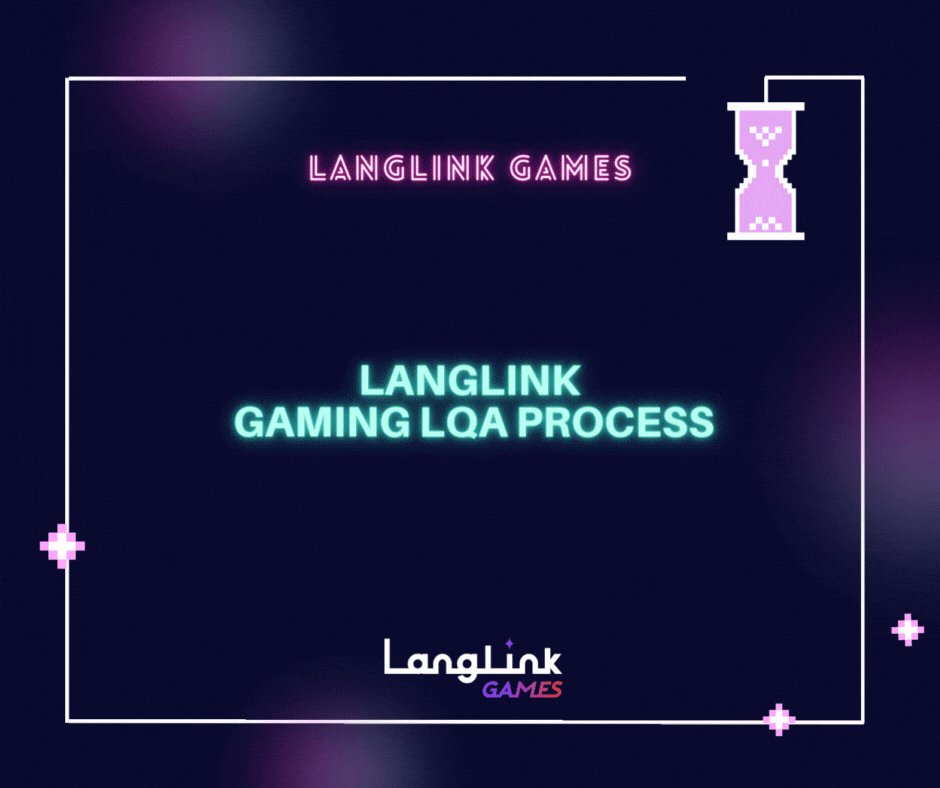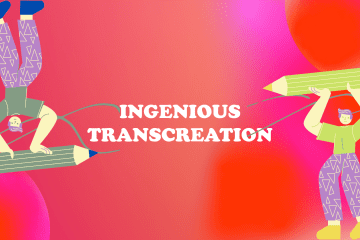5 Reasons Why You Need an Expert to Translate Your Subtitle
By LangLink HK Connie

Being in a video-first world these days, the demand for subtitle translation is just more than ever. When we heard of Subtitle Translation, the first association that came to our mind might be the captions for foreign films or drama series. But subtitle translation covers more than we thought — things like promotional videos for your brand, YouTube videos, or even online meeting recordings. They all need subtitles in different languages to spread their message around the world with the same video. So, can we just find any translators or localization agencies to do this for us?
The answer, as you can tell from the title, is no. There is certainly something special about subtitle translation that makes it a category of its own. You will need someone professional, a linguist that is highly efficient and trained in this area to do this right for you. In this article, we will explain what subtitle translation is, and why it is so different from the others of its kind and needs extra care.
What is Subtitle Translation?
The purpose of subtitle translation is to turn one video language, including the audio & visual elements, into another written text subtitle. When translating subtitles, there will usually be a video transcript that is written in the source language. Linguists will then translate that text with usual translation considerations (accuracy, style, tone, fluency, etc.) to produce subtitles that are in sync with the video.
Why is Subtitle Translation so special?
1. Strict character limits
Most will agree that this is the most challenging part of subtitling, but it is certainly a «necessary evil». This is due to the limited time a line of subtitles can appear on screen — and this is not the only thing that will come to the sight of viewers. Viewers need to allocate their attention to other visual and audio elements as well. Therefore, the number of characters that can be displayed in a line of subtitles must be rigorously restricted to ensure the best viewing experience, where viewers can enjoy the video content and digest the subtitles easily to understand the video message. Such rigid character limit is not very common in other types of translation as they usually just have more “space”.
2. Minimalism: message might be consolidated or even omitted
With the strict character limits, most subtitle translators just have to be “minimalist” so as to convey the source meaning in finite time and space. Linguists may need to consolidate the message to be conveyed or sometimes omit the less important information if there is just too much in the source and cannot be fully covered in the target. Some languages like Chinese even allow linguists to drop most of the ending punctuation in each line to spare one more character. But it is never easy to be a “minimalist” — if not handled carefully, the meanings will just be lost in translation when selecting what to be kept and consolidating the message, which is why you will need a specialized translator to handle subtitle translation.
3. More than one “sources”
Unlike most other types of translation with only one written source most of the time, it comes in double for subtitle translation. One of them will be a transcript, as we can all imagine, and the other one is the video itself. The video is more than just a reference. The transcript is indeed just another translation for the video language. If a translator is not conscious enough of this, the product may not be very satisfactory. Directly translating from the transcript without even having a look at the video can be dangerous. The subtitles translated this way may not fit the video very well, as there are many more to be told in the actual video than just the text version, not to mention the possibility that the video may be inaccurately transcribed.
4. Need to sync and match with the screen content very well
Viewers read the subtitles while watching the video — the translation and its source just come together at the same time, which is very different from other cases where the target rarely appears simultaneously with the source, side-by-side. Therefore, any non-synchronization and inconsistencies in the subtitle translation will be easily spotted and possibly ruin the viewing experience. Could you imagine seeing the answer being revealed in the subtitles, while the screen content is still explaining the question? Not a pleasant experience, right? This is why you need a pro to take care of your subtitle translation, one who can bring it to the next level and assist your video, but not one that may ruin it.
5. Will appear and vanish on the screen
In most types of translation like legal translation, the whole piece will be presented altogether and just stay there. The audience can read back and forth to refer to any part of the text as they want to understand the complete message. Yet, this is not the case in subtitling — each line will only stay for a few seconds and then be gone forever. If viewers cannot fully understand what is being conveyed in a line before moving to the next one, they just can’t. In most cases, they cannot go back to read it again, like in the cinema. Even if they can rewind to have a second look like on YouTube, it will interrupt the flow and undermine their viewing experience.
So, who should I look for to translate my video?
To translate the subtitle in your video, all you need is a specialist in subtitle translation — not just any linguists or localization agencies. And in LangLink, we can fulfil your need. We are experienced in subtitle translation and have localized many types of captions, for commercial videos, training videos to workshop recordings. We can provide the assistance you need to help spread your videos to audiences speaking another language. Come check out what subtitle localization services LangLink provides!



